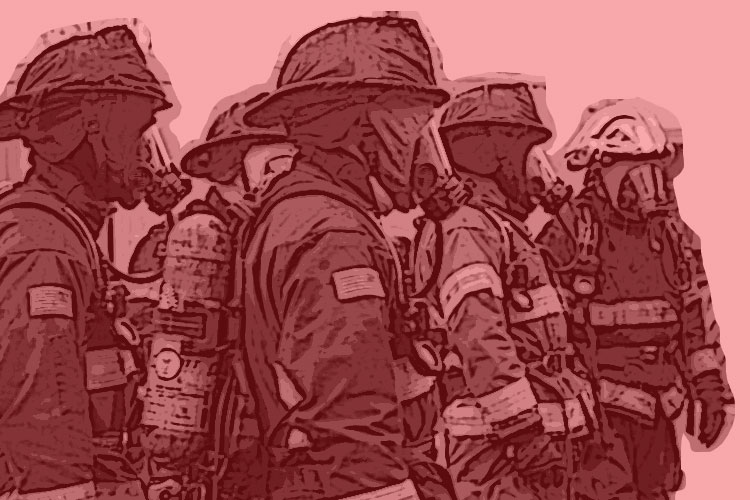
By Todd LeDuc
According to the American Heart Association, more than 100 million Americans have high blood pressure. This staggering figure equates to neatly half the adults in the United States. Even more alarming, the death rate from high blood pressure has increased by 11 percent between 2005-2015. Updated guidelines now define high blood pressure as anything over 130 systolic or 80 diasystolic.
Firefighters have a prevalence of high blood pressure among them. In a small study by Choi et al. in 2016, researchers found that 11 percent of their sample had high blood pressure. Given that the American Heart Association subsequently lowered the definition of what is considered to be high blood pressure, that percentage would likely be higher today. A larger study of 7,000 U.S. workers, law enforcement officers, and firefighters demonstrated that 25 percent had high blood pressure and only about half of those were aware of the fact. Again, this was reported before the blood pressure guidelines were lowered for treatment, suggesting by today’s clinical standards that number is likely considerably higher. This is particularly concerning given that a case control study using National Institute of Occupational Health data focusing on firefighter sudden cardiac line-of-duty deaths all 45 years of age or younger that was published by Yang et al. in 2014 demonstrated that high blood pressure in firefighters was associated with a 12-fold increase risk of sudden cardiac death.
RELATED
Surviving the Fire Service Cardiac Epidemic
Metabolic Syndrome in the Fire Service: Cardiac Disaster Soup!
Sudden Cardiovascular Death and Disability in Firefighters: A Complex Interplay
Firefighters are subject to environmental extremes and rigorous demands on most every body system. These include chronic dehydration if hydration status and replacement is not a constant area of attention. In fact, chronic dehydration has also been linked to high blood pressure.
Additional risk factors for higher blood pressure are excessive alcohol use, excess weight or obesity, and inadequate physical activity. Work by Dr. Sara Jahnke concluded that there was a high prevalence of excessive and episodic heavy drinking in the U.S. fire service. Promoting Health Lifestyles Among Firefighters (PHALME) taught us that, generally speaking, firefighters gain several pound annually without intervention. Enhanced nutritional efforts have made an impact at addressing these issues, where implemented. Additionally, excess blood pressure untreated for some time compounded by excess weight can lead to enlargement of the left ventricular of the heart, prevalent in firefighter cardiac deaths. Firefighters should consider enhanced medical examinations including cardiac echocardiogram.
A couple of crucial points for us as firefighters: risk is vastly different for us than for other occupations. That should come as no surprise, but we have to appreciate that as a truism and use it to focus on more comprehensive and diligent following of our health through medical surveillance. A significant number of firefighters in these referenced studies had undiagnosed high blood pressure and obviously were not aware of the risk. Excess weight has been documented as common in the fire service and even more so than general population. Additional sleep disorders in the fire service also are associated with impaired blood pressure.
So where do we go from here? Addressing these risk must become a priority if we are to reduce further the preventable cycle of sudden cardiac death and disability in the fire service. Having comprehensive annual medical exams coupled with appropriate health counseling and interventions are key to a heart-healthy fire service.

Todd J. LeDuc, MS, CFO, FIFirE, retired after nearly 30 years as assistant fire chief of Broward County, Florida, an internationally accredited career metro department. He served as chief strategy officer for Life Scan Wellness Centers, a national provider of comprehensive physicals and early detection exams. He has served as a member of the International Association of Fire Chief’s Safety, Health & Survival Section for over a decade and is currently secretary of the section. He is a peer reviewer for both professional credentialing and agency accreditation. He is editor of Surviving the Fire Service (Fire Engineering Books) and serves on numerous advisory boards and publications. He can be contacted at Todd. LeDuc@lifescanwellness.com

